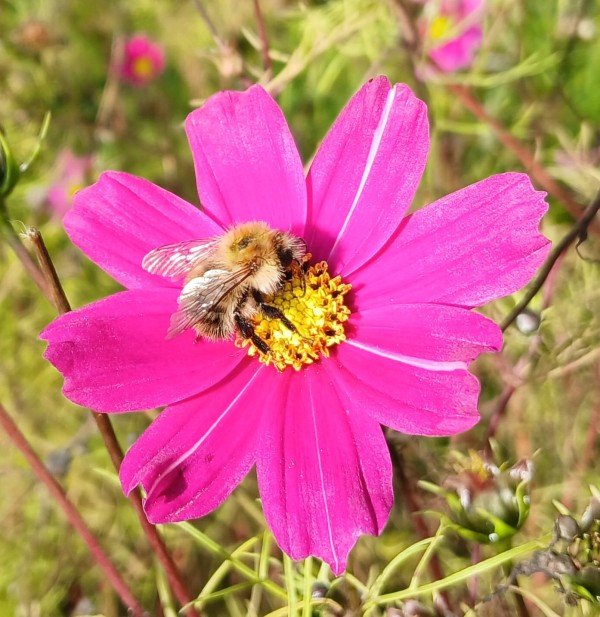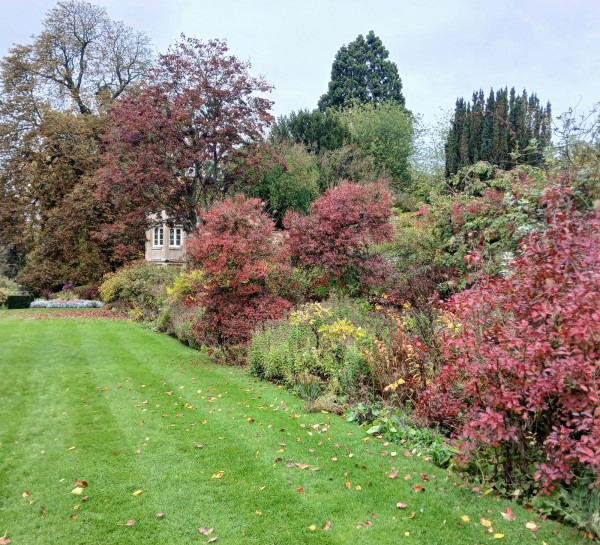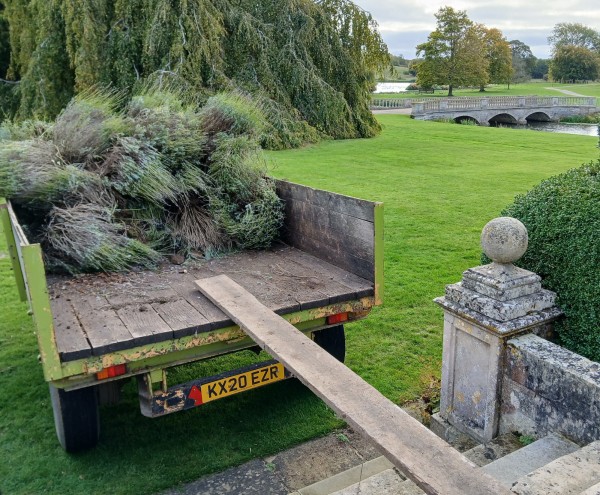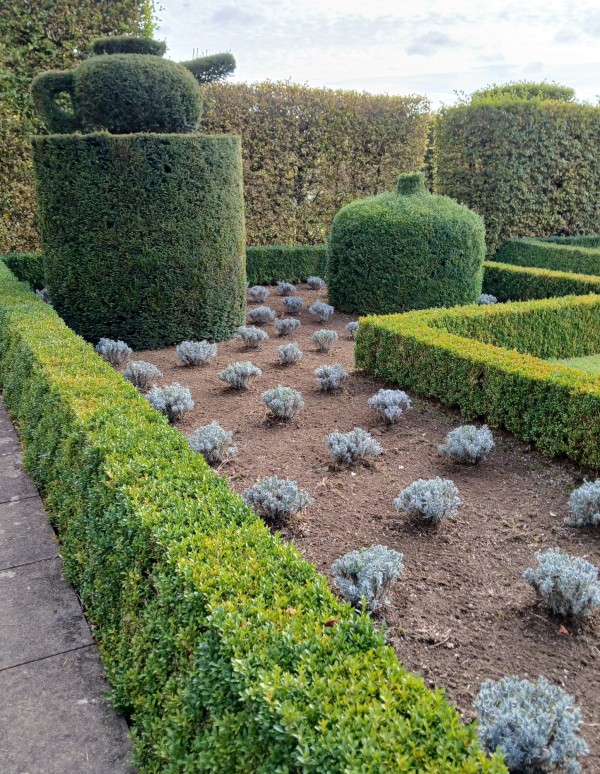GARDEN BLOG - NOVEMBER 2025
Dull November brings the blast,
Then the leaves are whirling fast.
So said pithy poet of yesteryear, Sara Coleridge, in her poem ’The Garden Year’.
If she’d been a little more fulsome in her prose, Sara might have gone on to inform us that said whirling leaves are best gathered from lawns once they come to a halt, piled up in the same manner as a compost heap, covered with old carpet or tarpaulin, and allowed to break down naturally and create lovely crumbly leaf mould for top-dressing your borders in spring. But why do we need to remove fallen leaves from our lawns? Well, if not removed they can suffocate and kill the grass beneath, leading to a patchy lawn. Leaves left to lie on the ground also harbour pests and diseases that will cause unnecessary damage, too.
On the subject of keeping our gardens both tidy and healthy, herbaceous plants that have now passed their best are in need cutting back and clearing away to the compost heap. By carrying out the task just now, not only do our borders look tidy, but more light reaches plants such as primroses to stimulate flowering in spring, and we are not trampling emerging spring bulbs by leaving the job too late. The plant material removed can be added to the compost heap, and when well-rotted, returned as a top dressing along with leaf mould in spring. However, it’s important to ensure that any weeds with seed heads, and pernicious weeds such as bindweed or ground elder, are kept aside and destroyed.
While most herbaceous plants have now given up the ghost, a plucky few refuse to accept that summer is over, and continue to brighten our borders with their cheery demeanour. One such example, is a patch of self-sown Cosmos bipinnatus in our Long Borders, still going strong after several months in flower, and still providing a food source for bees that are still out and about.
Native to Mexico, the common name, cosmos, from the Greek word kosmos, which refers to an ordered universe, was given by Spanish priests inspired by the neatness of its flowers. Seeds of Cosmos bipinnatus first arrived in Europe at the Royal Botanic Gardens of Madrid, in 1789. Shortly afterwards, famed botanist, Antonio Jose Cavanilles, had established Cosmos as its official botanical generic name. Since then, varieties of Cosmos bipinnatus, an annual with flowers that range from purest white, through shades of pink, peach, red, and plum, has been a well-deserved garden favourite.
Finally, with our gates now closed to visitors, it’s the perfect time of year for us gardeners to set about those tasks that can appear a bit brutal, but are really for the best. As such, we have recently replanted the lavenders on our Parterre.
The polkadot pattern of clipped lavender balls on the Parterre looks particularly effective when viewed from above, but to keep things looking good, we need to replant them every so often. Over time, despite an annual clip to keep them in order, some lavenders can become too large, while others begin to die out, spoiling the overall effect. This is what had happened to our Parterre lavenders, which were last replanted some nine years ago. The new young lavender plants, are a variety named ‘Hidcote’, which is compact and bushy, with silvery-grey leaves, and deep violet-purple flowers. For added interest, the lavenders are interplanted with an allium relative unwieldily named Nectaroscordum siculum subsp. Bulgaricum. This upright bulbous perennial reaches well over a meter tall, and is topped in early summer by nodding umbels of green-tinged cream flowers with bold plum-purple markings. Looking ahead to next year, these Bulgarian honey garlics, as they are commonly known, will wonderfully compliment the lavenders below, and add a certain ’je ne sais quoi’ to the garden as a whole.
On that optimistic and forward-looking note,
Until next month, happy gardening.
 |
 |
 |
 |
 |
| A bumblebee feasting on self-sown Cosmos | Autumnal leaves | Out with the old lavender | In with the new lavender | Sara Coleridge |

